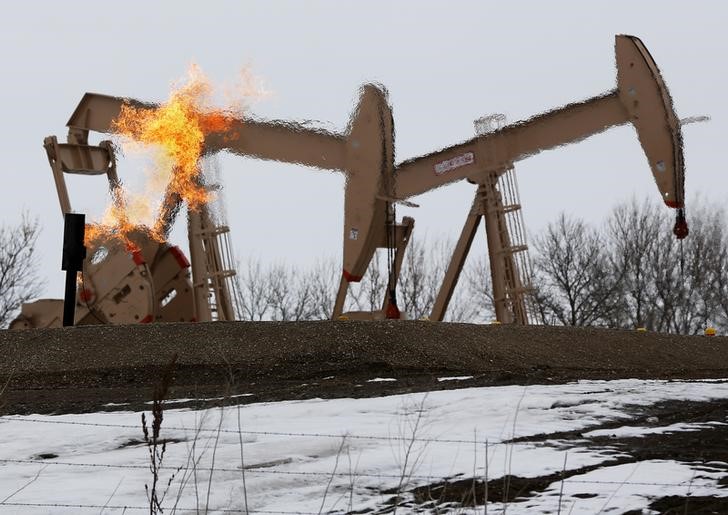Investing.com — Oil prices rose Wednesday, rebounding after the previous weak close, as tensions in the Middle East remain fraught, disrupting the transport of crude through the key Red Sea route.
By 09:15 ET (14.15 GMT), the futures traded 2.4% higher at $73.11 a barrel and the contract climbed 2.2% to $78.52 a barrel.
Iran seizes crude tanker
Iran seized a tanker with Iraqi crude destined for Turkey on Thursday, the country’s state-run media reported, raising temperatures in a region that has already seen numerous attacks by Yemen-based Houthis on the international shipping lanes in the southern Red Sea.
“The Navy of Iran’s Army has announced the seizure of an American oil tanker in the Gulf of Oman with a judicial order,” Iranian state media cited a statement by the Army as saying on Thursday.
The vessel appeared to be the Marshall Islands-flagged tanker St Nikolas, which last year was confiscated by the United States for carrying Iranian oil, prompting speculation that this move was retaliation.
The dangerous state of these waters has seriously disrupted international commerce on the key route between Europe and Asia that accounts for about 15% of the world’s shipping traffic.
U.S. inflation hotter than expected
These gains were stunted by data released earlier Thursday showing U.S. inflation accelerated by more than expected in December, potentially causing food for thought for the Federal Reserve as its officials contemplate interest rate cuts this year.
The year-on-year from the world’s largest economy accelerated to 3.4% last month, up from 3.1% in November. Month-on-month, the pace increased to 0.3%. Economists had seen the figures at 3.2% and 0.2%, respectively.
That said, the rate of the so-called “” measure, which strips out volatile items like food and energy, ticked down to 3.9% annually from 4.0% in the prior month.
Traders are also looking for Chinese and data, due Friday, for more cues on the economic health of the world’s largest oil importer.
EIA inventories show surprise rise
Crude prices settled lower on Wednesday, erasing early gains after Energy Information Administration inventory data registered a surprise jump in of 1.3 million barrels to 432.4 million barrels in the week ended Jan. 5.
This contrasted with market expectations for a draw of 700,000 barrels and earlier industry data, and raised concerns over demand in the world’s largest oil market.
A second straight week of massive builds in gasoline and distillate stockpiles also pointed to weakness in U.S. fuel demand. This notion was exacerbated by a severe winter storm in large swathes of the country, which further disrupted road travel in the world’s largest fuel consumer.
(Ambar Warrick contributed to this article.)
Read the full article here










